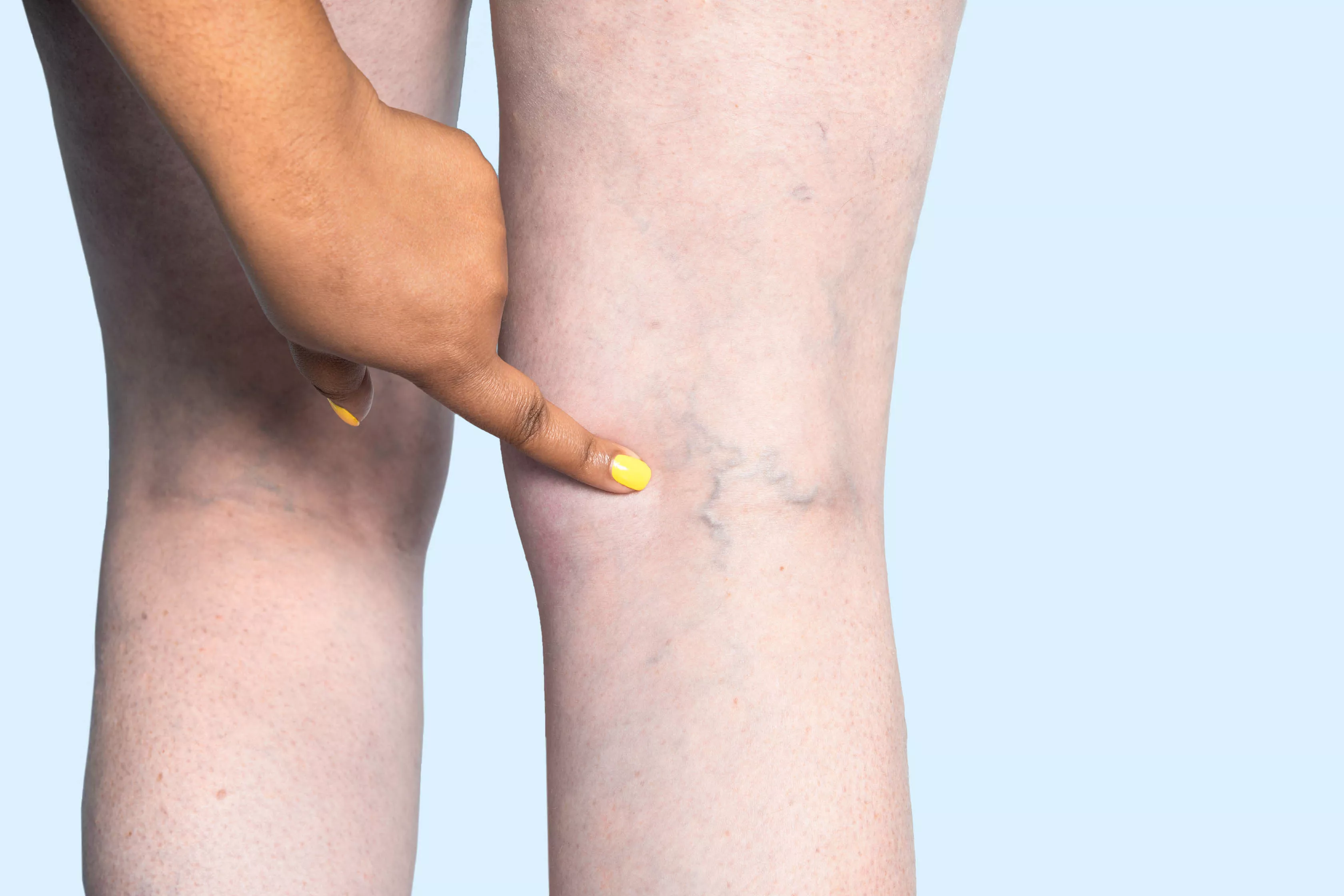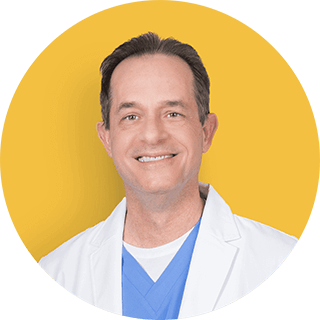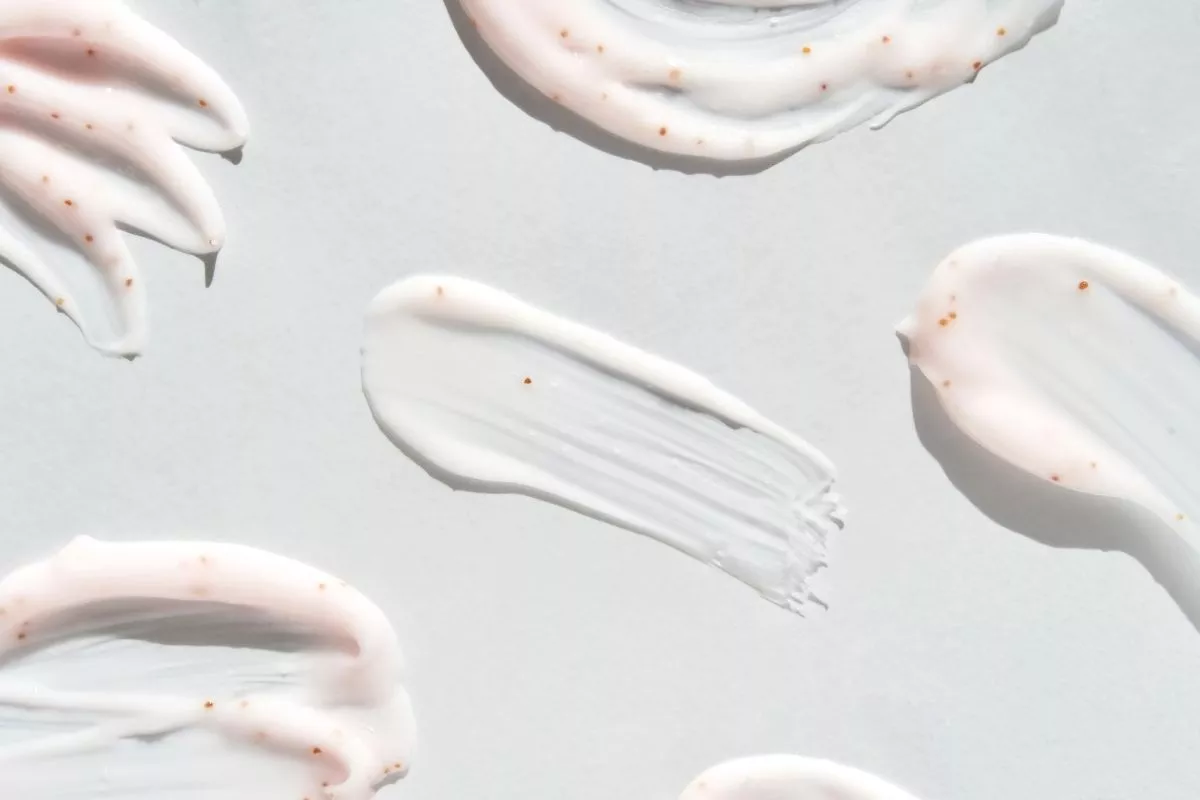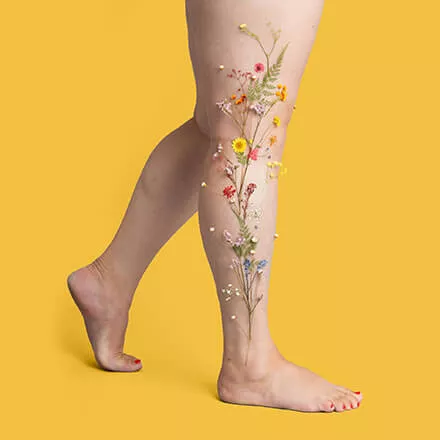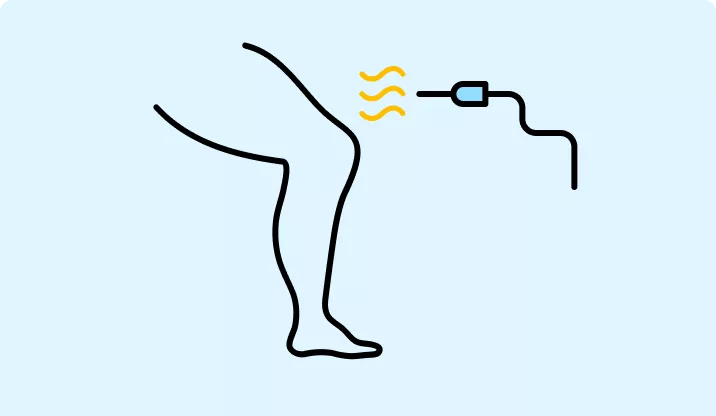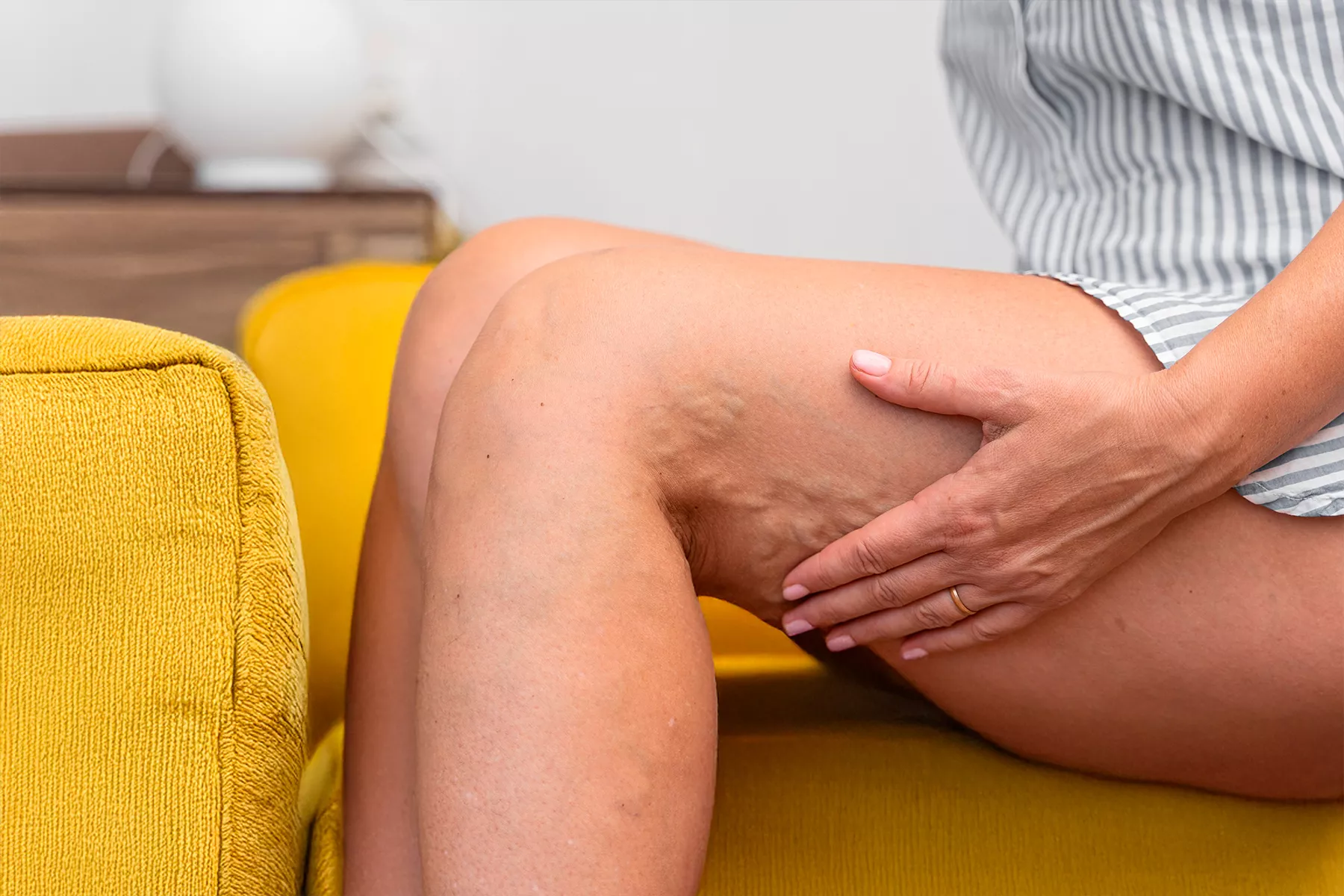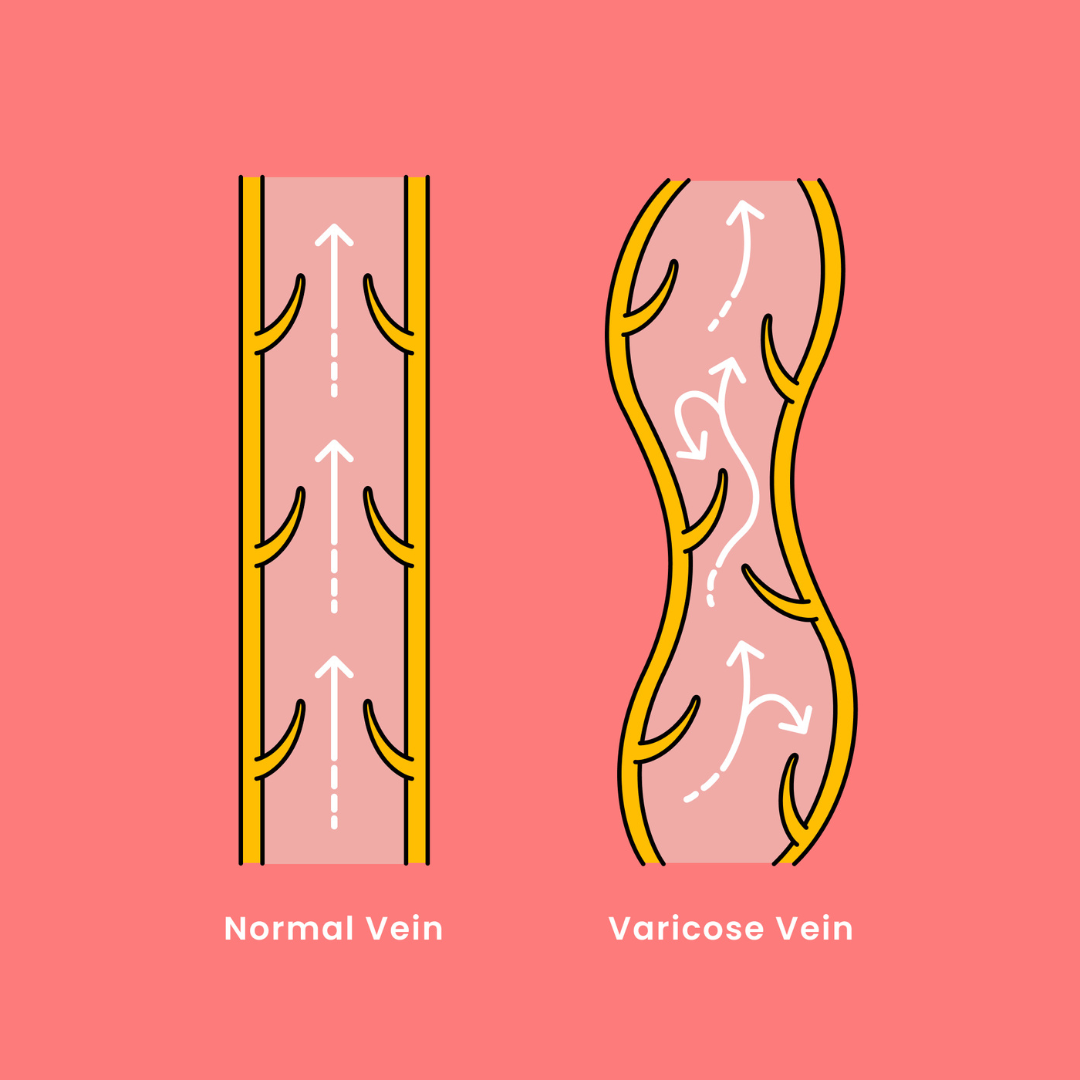
Varicose Veins
Varicose veins are damaged and malfunctioning veins, most commonly found in the legs, which are no longer transporting blood efficiently and safely back to the heart. They are often twisted, bulging, and may be visible against the surface of the skin. The main cause of varicose veins, and many other forms of vein disease, is poor circulation. This weakens vein valves and causes excess pressure inside the vein.
What are varicose veins?
Varicose veins are enlarged, often raised, and swollen veins that are blue, purple or red. They form due to valve malfunctions in the veins which cause poor blood flow, and may be quite painful. The types of varicose veins that may need treatment are most often in the legs, where blood is constantly being pumped vertically through one-way valves. When vein disease progresses, those now-damaged veins collect blood that can’t circulate, causing pressure buildup, pooled blood, and increased fluid in the legs. This results in legs starting to cramp, feel heavy, and become painful.
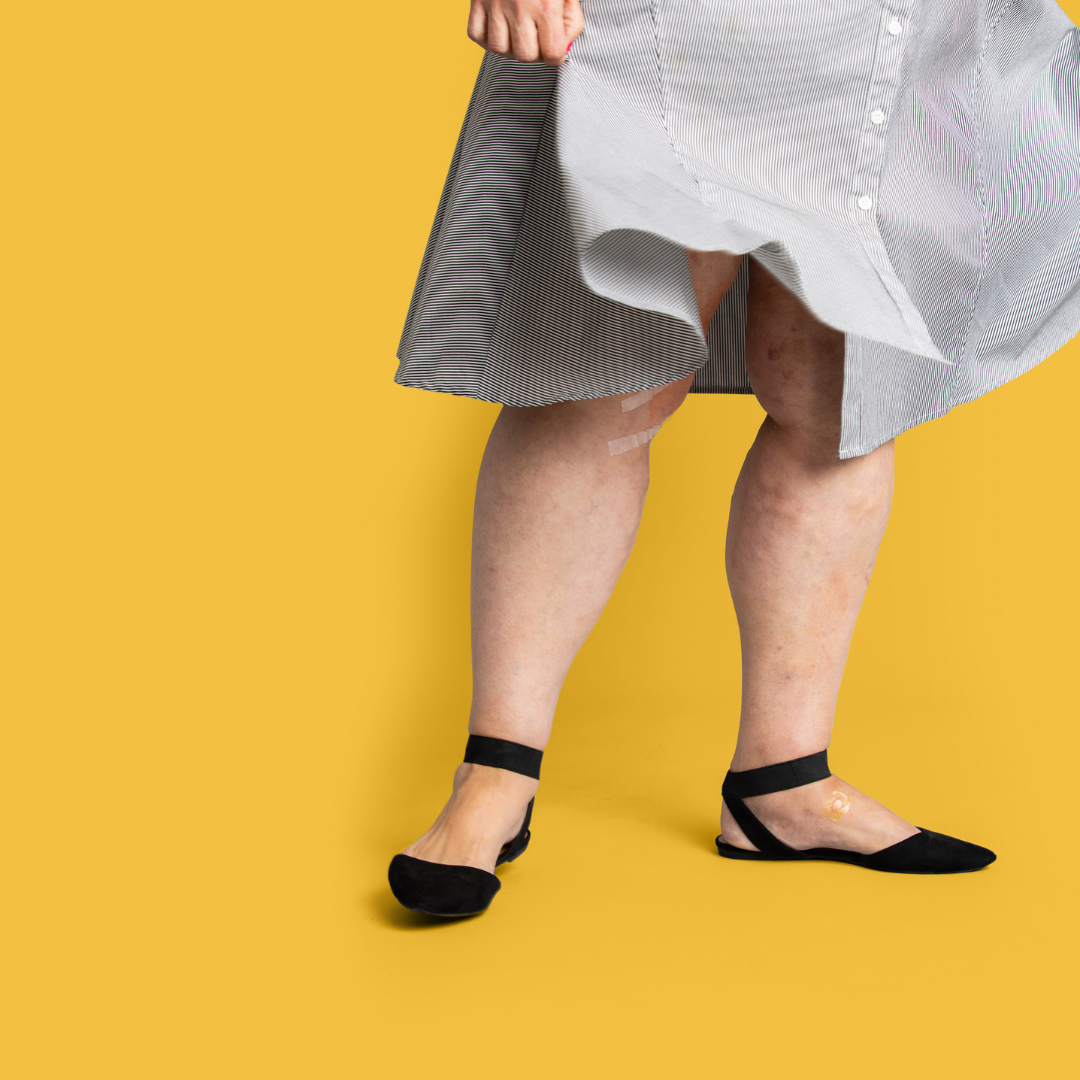
What causes varicose veins?
Varicose veins, like any symptom of vein disease, can be caused by a multitude of factors both within and outside our control. Hormonal imbalances, lifestyle choices, genetic predisposition, and frequent travel can result in the development of varicose veins. The main culprit and common factor, however, is poor circulation.
Blood is meant to flow in one direction around the body, and veins have protective valves that ensure this blood flow is maintained. When circulation suffers, as is common in the legs (working against the force of gravity returning blood to your heart), these valves can become damaged. Blood flow in both directions begins to distort your veins, causing often-visible bulging, twisting, cord-like veins to protrude against the surface of your skin. As varicose veins (also known as varicosities) worsen, blood clots become a larger concern, and in extreme cases venous ulcers and open wounds can be born from leaking vein walls. Managing circulation, among other risk factors, can help manage and remedy diseased and malfunctioning varicose veins.
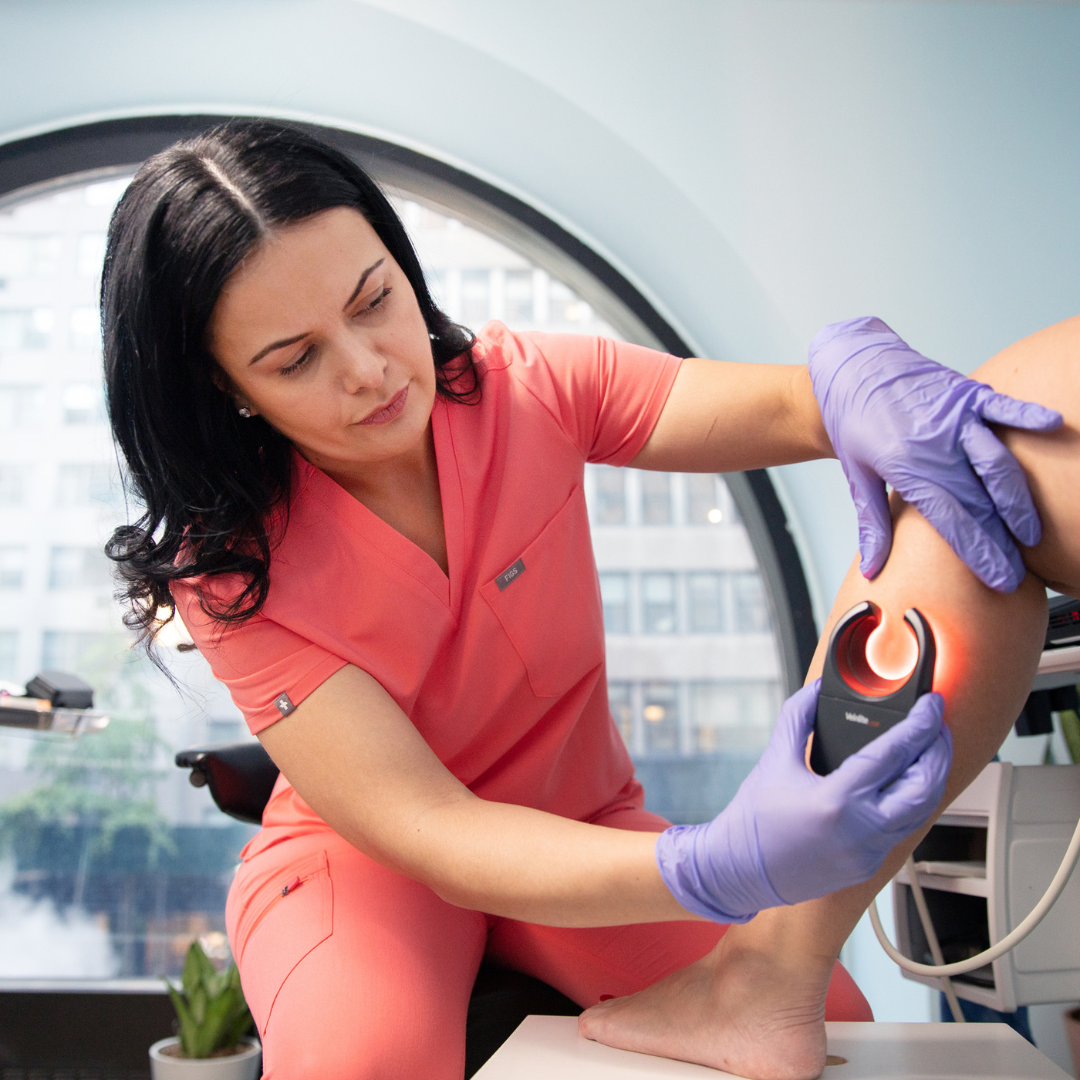
What are the risk factors for varicose veins?
Varicose veins can result from genetic and/or lifestyle factors. Anyone, regardless of how active or inactive they are, can develop varicose veins, and they aren’t always visible to the naked eye as symptoms such as aching, heaviness, swelling, and restless legs associated with vein disease can be caused by damaged veins under the surface.
Do you…
- Smoke?
- Travel frequently and/or for long periods by air?
- Lead a sedentary lifestyle?
- Have a family history of vein disease?
- Take hormonal birth control?
- Have diabetes?
Are you…
- A pregnant or postpartum woman?
- Over the age of 50?
- Diagnosed as overweight?
Anyone can develop varicose veins and vein disease due to hereditary factors, job stressors, and lifestyle. Women are far more likely than men to have varicose veins, though men are a significant percentage of patients. In fact, 2 out of 3 women and 1 out of 3 men will develop some form of vein disease during their lifetime. Factors such as standing on your feet all day, age, pregnancy, and increased weight are just a few reasons why certain people suffer from painful varicose veins.
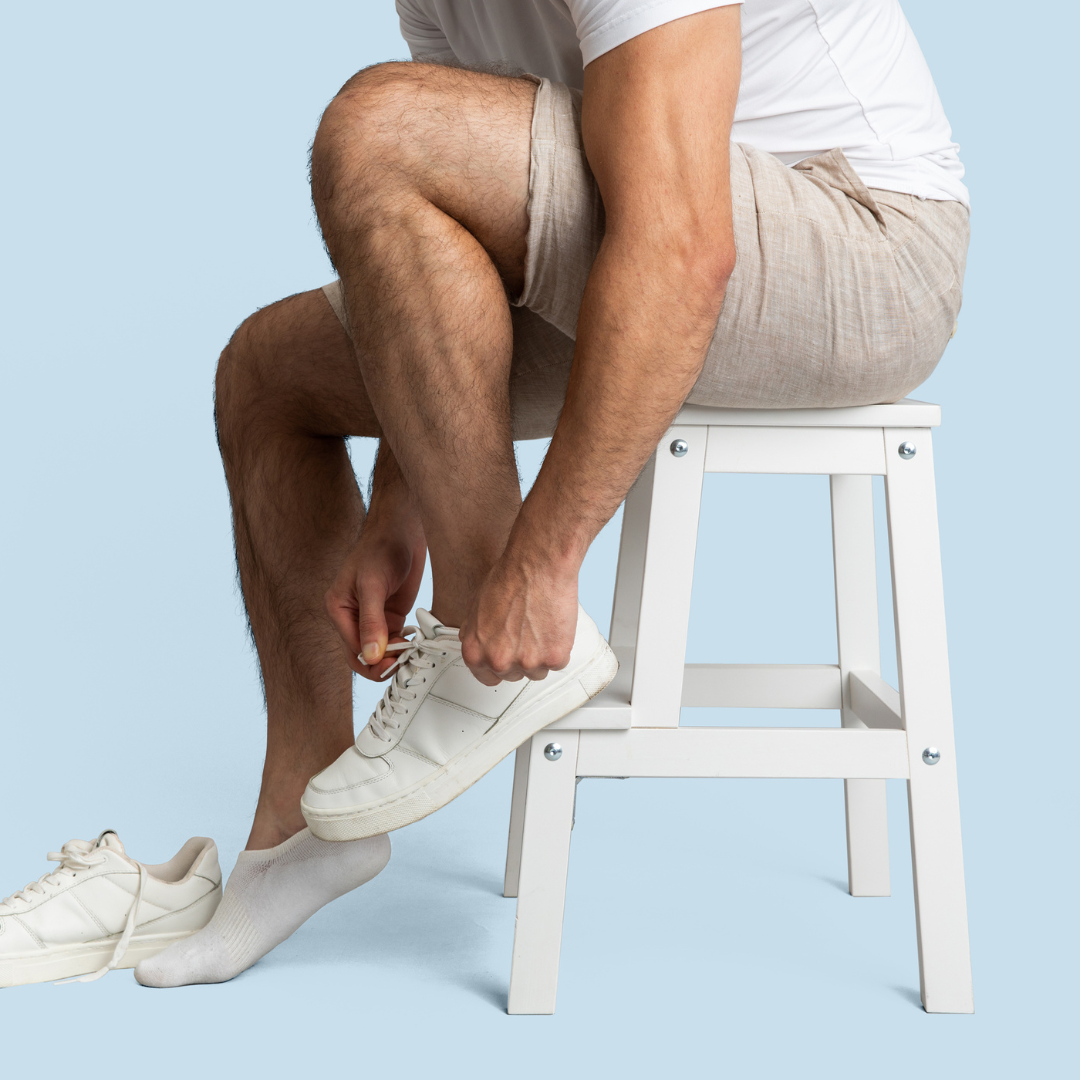
What can you do to treat and prevent varicose veins?
We offer a wide variety of FDA-approved and minimally-invasive varicose vein treatments in our vein clinics. From radiofrequency ablation (RFA) to sclerotherapy and varithena, we’ve got you covered. Varicose vein treatment is covered by most insurance providers. We accept more than 200 insurance plans and are happy to discuss the details with your provider directly to ensure your experience is as stress-free as possible.
Prevention is not a scientifically proven course for success, as many factors such as genetics, familial history, sex/gender, and even weight are outside our control. However, there are some lifestyle changes that can decrease your risk for developing varicosities. Quitting smoking, maintaining a healthy weight, eating a balanced diet, and exercising regularly (even light exercise has been proven to promote healthy blood flow) can improve circulation and lessen the chance of varicose vein development. Wearing compression socks and elevating the legs also improves circulation.
If you have noticed varicose veins on your legs or are concerned about varicose veins developing due to lifestyle choices and/or family history, the best course of action is to see a vein doctor. Vein disease is progressive, it’s best to get checked as soon as you notice symptoms or visible signs of varicosities. For more information on varicose veins, book a free evaluation at one of our convenient vein clinics. We can be reached at 866-629-9848 with any questions.
Myth Busting Q&A
Varicose veins (and other symptoms of chronic venous insufficiency) will worsen over time if left untreated. Because vein disease is progressive in nature, postponing treatment in the hopes that your visible veins will go away can end up doing further damage to your body. Varicose veins left untreated can lead to loss of mobility, blood clots, and even venous ulcers (in severe cases). Varicose veins, due to their malfunction, cannot revert back to normal. Think of them like a broken bone—to prevent the bone from healing incorrectly, it needs to be set. In order for your circulation to return to a healthy state, blood will need to be rerouted away from the diseased vein.
Although patients may be motivated to seek treatment due to the visible appearance of bulging veins against the skin, varicose veins are considered a medical concern rather than a cosmetic one because they impact the circulatory system and can lead to potentially life-threatening conditions. Most insurance providers recognize the medical importance of varicose vein treatment, so coverage is available for over 97% of our treatment options.
Unfortunately, as with spider veins, no topical treatments to the surface of the skin can treat the exterior or interior of diseased veins. Varicose veins, even though they may bulge against the skin, are buried deep beneath layers of skin. No particles from tightening creams, essential oils, or surface-level needling can penetrate to the depth of a vein. Importantly, the cause of varicose veins is internal: Malfunctioning valves beyond the vein wall are typically the cause of varicosities. Treating the interior of a vein requires minimally-invasive treatment options performed by highly trained, board-certified vein specialists. Tightening creams, collagen products, and astringent oils are only going to treat your skin.
In short, no. There are many similarities between spider and varicose veins, but when it comes to blood flow, health, and potential dangers, they are very different.
Varicose veins are larger, swollen veins that form due to poor blood flow in the legs. Valves that circulate blood throughout your legs start to malfunction, and as a result, pressure and fluid build up, causing cramping, pain, and visible veins.
Spider veins are smaller, web-like veins that typically produce few or no symptoms. Spider veins also form due to poor blood flow, but in very tiny pathways. They don’t cause pain, are superficial (visible on your skin’s surface), and are generally only cosmetic.
How do Vein Treatments Work?
Vein treatments work by closing off unhealthy veins, just in different ways! Once closed, blood flow naturally reroutes through neighboring healthy veins.
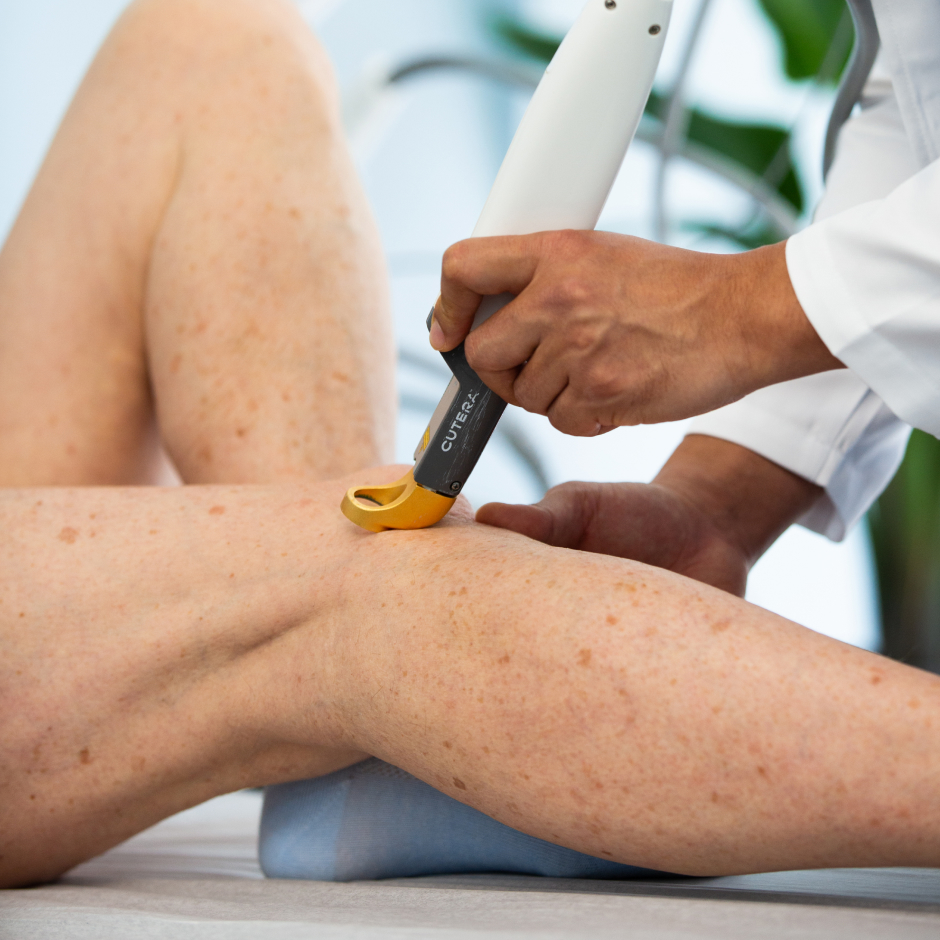
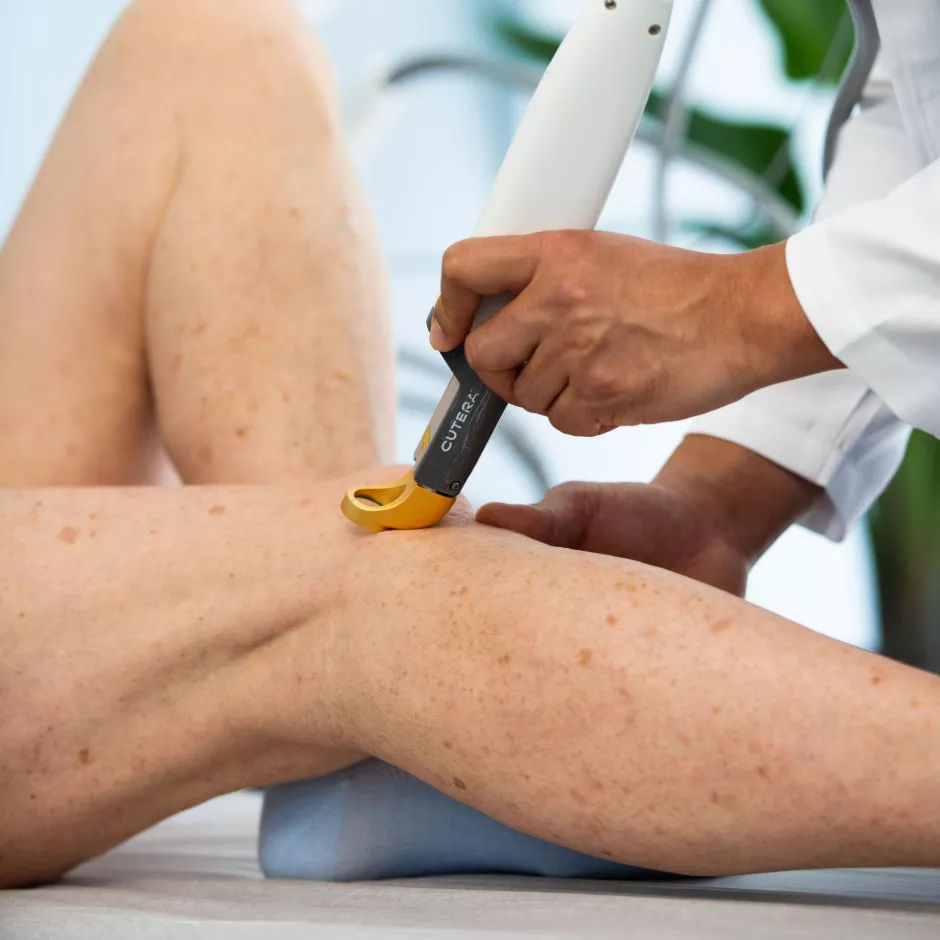
Varicose Vein Treatments
- State-of-the-Art
- Ultrasound Guided
- Less Than 30 Minutes
- FDA-Approved
- Minimally Invasive
- Minimal Downtime
Let’s talk about you
What are your varicose veins like?
Get a snapshot of your vein health in just a few clicks.


